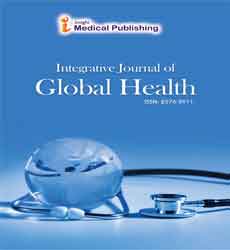ISSN : 2576-3911
Integrative Journal of Global Health
Comparison of the effects of two different teaching methods on student's knowledge and competence in surgical positioning training: lecture versus simulation-based learning
Abstract
One of the clinical competencies for surgical technologists is the ability to perform a safe surgical positioning. They must be properly trained for this purpose in order to gain the necessary knowledge and skills. This study was to investigate the impact of simulation-based teaching versus lecture methods on students’ knowledge and competency to perform standard surgical positioning. The present intervention study was performed with the presence of 32 surgical technology students. One group of surgical positions was thought by using the lecture method, while the second group was thought by using simulation-based teaching method in a simulated environment with students playing the role of the patient. As a result, students’ knowledge and competency were evaluated by MCQ and a checklist in two stages: before and after training. A comparison of students’ knowledge and competency scores before and after training showed that students’ knowledge and competency in both educational methods had increased. According to the t-test, the rate of improvement of knowledge and competency in the simulation-based teaching method was higher than in lecture. This difference in the rate of knowledge improvement was not significant (p = 0.079), but it was significant in the competency level (p = 0.036). So, the simulation-based teaching method promotes students’ competency incorrect surgical positioning by providing a safe environment for learning and practicing specialized skills several times. Therefore, it is recommended that this educational method be used to teach practical courses for surgical technologists. Undoubtedly, competent workers will improve patient safety and satisfaction in the healthcare system
Open Access Journals
- Aquaculture & Veterinary Science
- Chemistry & Chemical Sciences
- Clinical Sciences
- Engineering
- General Science
- Genetics & Molecular Biology
- Health Care & Nursing
- Immunology & Microbiology
- Materials Science
- Mathematics & Physics
- Medical Sciences
- Neurology & Psychiatry
- Oncology & Cancer Science
- Pharmaceutical Sciences
